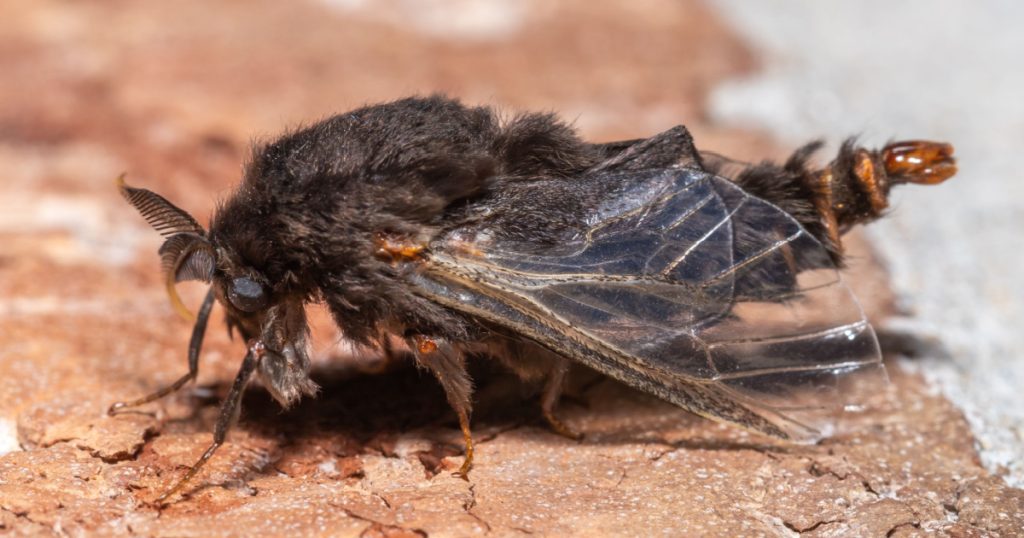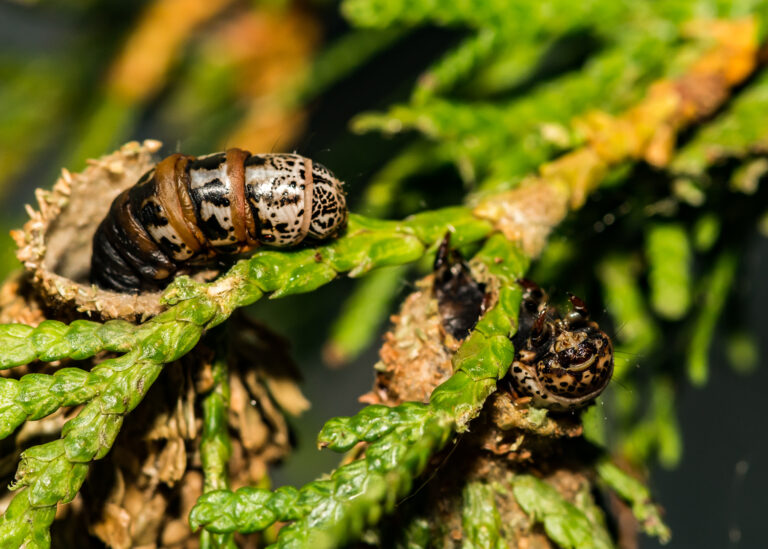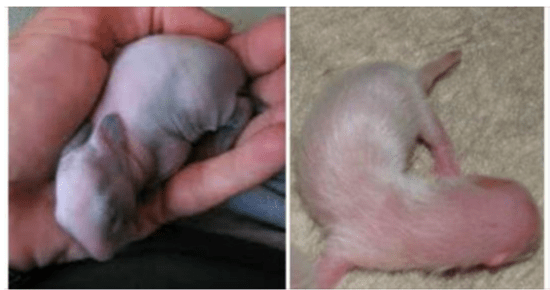If you’ve noticed strange, cone-like bags hanging from your trees, you may be unwittingly harboring a pest that can cause significant damage to your foliage. These bags are the homes of bagworms, a type of moth that can infest and weaken your trees.
Despite their name, bagworms are not actually worms, but rather the larvae of a moth species. These insects construct their bags using silk and bits of foliage, which they attach to their bodies. As they grow, the bags get larger, and the larvae feed on the leaves of the tree.

Bagworms typically infest evergreen and deciduous trees, and their favorite host plants include cedar, arborvitae, juniper, and false cypress. However, in the absence of these preferred hosts, bagworms will eat the foliage of almost any tree.
While bagworms may seem harmless, they can cause significant damage to trees. As they feed on the leaves, they make it difficult for the tree to photosynthesize and produce the nutrients needed for growth and survival. This can weaken the tree, making it more prone to diseases, pests, and environmental stressors. If left untreated, the tree can eventually die.
Fortunately, there are several ways to manage bagworm infestations. One method is to manually remove each bag from the tree, but this can be time-consuming and labor-intensive. Other methods include pruning and destruction of affected branches, encouraging natural predators such as birds and parasitic wasps, and using chemical control as a last resort.

Preventing bagworm infestations is also key. Regular inspection of trees, good maintenance, planting trees at appropriate distances to avoid overcrowding, and monitoring surrounding vegetation can all help prevent infestations.
By being aware of the dangers posed by bagworms and taking steps to prevent and manage infestations, you can protect your trees and keep them healthy and thriving.


